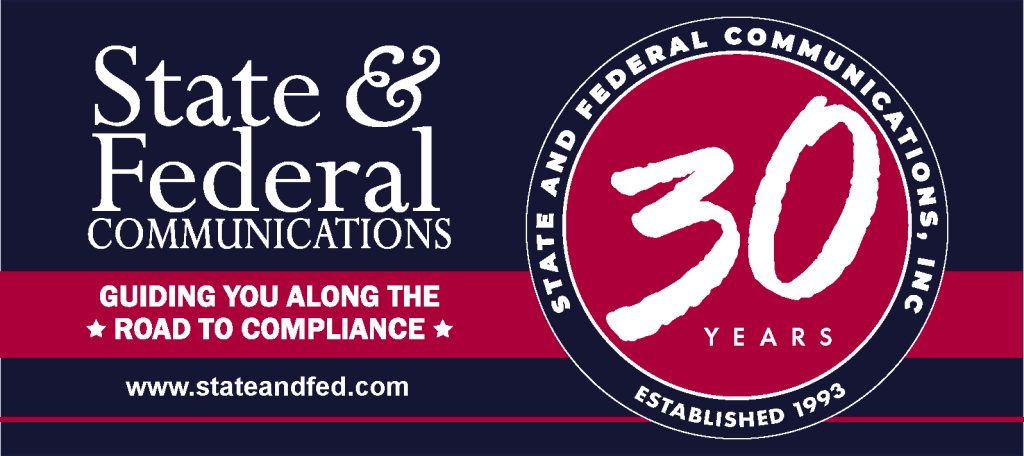July 1, 2015 •
O Canada…
 Happy Canada Day!
Happy Canada Day!
On this date in 1867, the four provinces of Quebec, Ontario, New Brunswick, and Nova Scotia united together under the British North America Act to form the Dominion of Canada. Over the years, Canada expanded as more former British territories and holdings joined the Dominion. In 1999, the last territory to join Canada was Nunavut, which was carved out of the eastern Northwest Territories.
While most of us think of Canada as a great vacation spot or the birthplace of hockey, it is important to know how important Canada is to us.
Canada is the United States’ top trading partner. Every year, the U.S. takes in about three-quarters of Canadian merchandise exports. Canada is only behind Saudi Arabia and Venezuela when it comes to having proved oil reserves, and currently it ranks as the fifth-largest oil producer in the world.
Canada is important to the United States and U.S. businesses. This is why State and Federal Communications has an Executive Source Guide for Canadian Compliance for U.S. businesses. We want to ensure our clients are able to say “I Comply” (in English and French) when they do business in Canada.
Now, in honor of our neighbors to the north on Canada Day, here are 13 Random Facts about Canada:
- In 1988, Canada and the U.S. signed the Canada-U.S. free trade agreement. The more famous NAFTA wasn’t signed until the 90s and took effect in 1994.
- Quebec was originally called Lower Canada and Ontario was called Upper Canada. They were given these designations by Britain’s Canada Act. The designations of “Upper” and “Lower” were based on elevation and geographical features, not on which one appeared above the other on a map.
- Geographically, Canada is immense. It is the second largest nation in the world, has the longest coastline of any nation in the world, and is the largest nation to share a border with only one other country. However, most of the population lives within 100 miles of the U.S. border.
- The first transoceanic broadcast of a radio signal was received on Signal Hill, St. John’s, Newfoundland in 1901.
- Canada is a constitutional monarchy, ruled by Queen Elizabeth II. Her representative in Canada is the Governor General. Since 1947, the governor general has had full authority to exercise the duties of the head of state, both in Canada and when abroad.
- Canada is home to the oldest company in North America. The Hudson’s Bay Company, founded in 1670, controlled a huge area of land in Canada called Rupert’s Land and started as a fur trading company. Today, the Hudson’s Bay Company (HBC) holdings include the stores Hudson’s Bay, Lord & Taylor, Saks Fifth Avenue, and Saks Fifth Avenue OFF 5th.
- Canada introduced the $1 coin in 1987. With a loon on one side, it was soon nicknamed the “loonie.” Two dollar coins, or “toonies,” were introduced in 1996.
- Newfoundland was the last province to join Canada. It was a British colony until 1949.
- In 1918 Canadian women were granted the right to vote in federal elections.
- Prime Minister Pierre Trudeau introduced the Official Languages Act in 1968, which declared French and English as the official languages of Canada.
- During World War I, the Centre Block building of Parliament burned down, except for the library. A quick-thinking employee closed the doors separating the library from the rest of Centre Block, thus saving it from the fire. Centre Block was rebuilt after the war, with the addition of the Peace Tower being added to the original design. At the tower’s base is the Memorial Chamber. This chamber is dedicated to all Canadians who have served and died for their country.
- Canada’s first official stamp cost three cents and featured a beaver.
- In 1962, Saskatchewan became the first province to offer a public health care system in Canada.
A special thank you to George Ticoras and Becky Campbell for their help with this post.
Sources:
The World Factbook (https://www.cia.gov/library/publications/the-world-factbook)
Parks Canada – Signal Hill National Historic Site of Canada (http://www.pc.gc.ca/eng/lhn-nhs/nl/signalhill/index.aspx)
Global News (http://globalnews.ca/news/1420149/timeline-notable-dates-in-the-history-of-canada/)
Public Works and Government Sevices Canada (http://www.tpsgc-pwgsc.gc.ca/collineduparlement-parliamenthill/batir-building/centre/tour-tower/tour-tower-eng.html)
The Hudson’s Bay Company – http://www3.hbc.com/
A Brief History of Canada by Roger Riendeau, 2000
State and Federal Communications, Inc. provides research and consulting services for government relations professionals on lobbying laws, procurement lobbying laws, political contribution laws in the United States and Canada. Learn more by visiting stateandfed.com.

